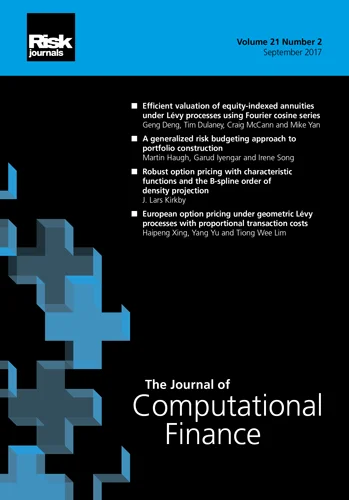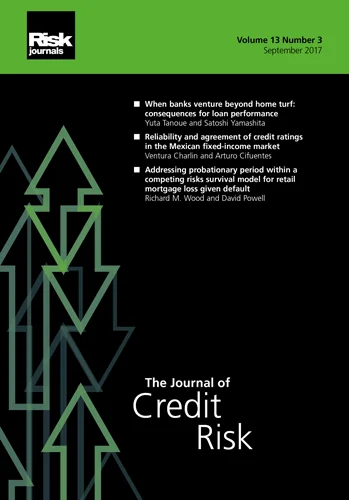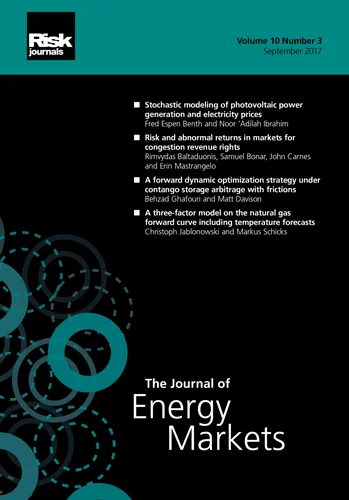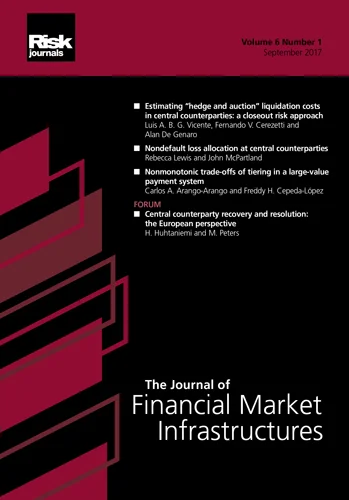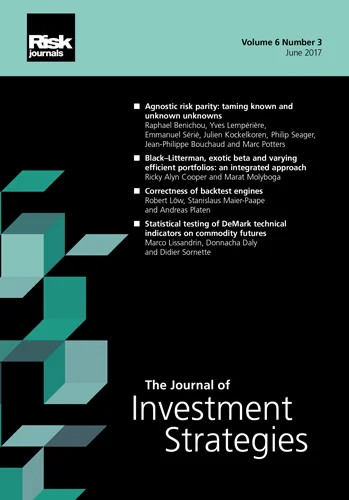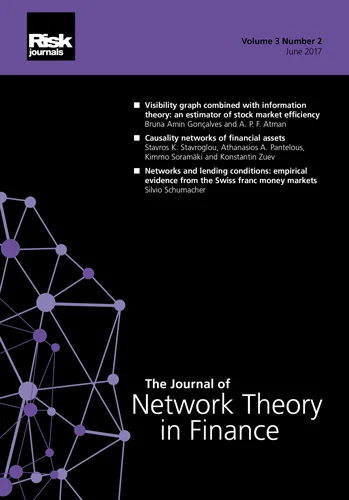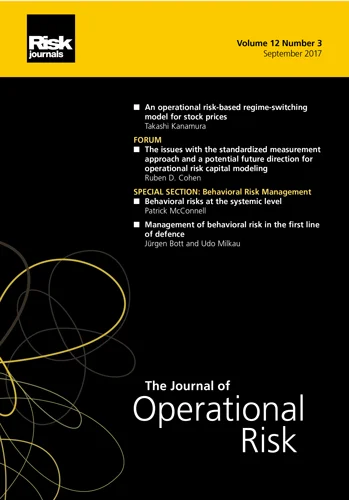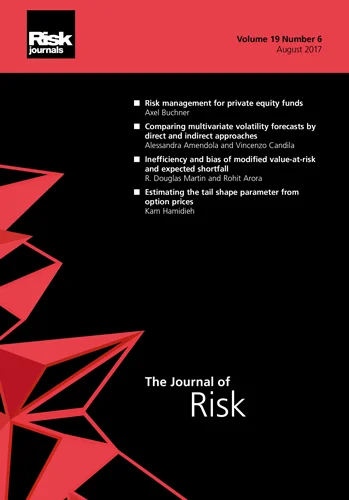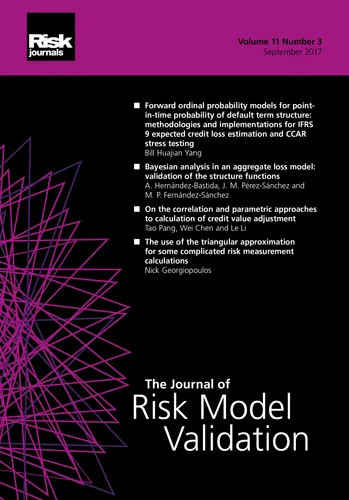Journal of Computational Finance
ISSN:
1755-2850 (online)
Editor-in-chief: Christoph Reisinger

Performance of Dupire's implied diffusion approach under sparse and incomplete data
Michael L. McIntyre
Abstract
ABSTRACT
The richness of the option price data that is readily available to traders and others suggests the possibility of inverting this cross-sectional data to obtain a specification for a stochastic process that might be driving the observed prices. A number of such techniques have been introduced. They are attractive because they offer the prospect of specifying a stochastic process that is consistent with the observed term structure of volatility. The effectiveness of all of these approaches is, to some extent, affected by the spacing of the available option price observations in the time to maturity and strike price dimensions, respectively. The Dupire (1993) approach is particularly sensitive in this regard because it depends upon using observed option prices to estimate the derivatives of option price with respect to time to maturity and strike price. All of the approaches are sensitive to the range of moneyness that is traded. Finally, all of the approaches to stochastic process specification considered in this paper assume that the stochastic process includes only one dimension of uncertainty. This paper investigates the performance of the Dupire (1993) approach to specifying a stochastic process implied by option prices in economic environments with data sparseness and incompleteness similar to what one would observe with transactions data. It also investigates the performance of the approach when there is a deviation from the stochastic process assumption made in the model. It is shown that, when there is a deviation from the model's stochastic process assumption, the model is able to accurately determine option prices in the economic environments that are considered, but not option deltas. It is further shown that the errors in estimation of the deltas lead to significant deterioration of the approach's hedging capability in a jump-diffusion setting but not in a stochastic volatility setting. The effectiveness of the approach is not significantly undermined in the presence of data sparseness and incompleteness, but there is evidence of the deterioration in performance when data sparseness leads to errors in the spot estimates of local volatility.
Copyright Infopro Digital Limited. All rights reserved.
As outlined in our terms and conditions, https://www.infopro-digital.com/terms-and-conditions/subscriptions/ (point 2.4), printing is limited to a single copy.
If you would like to purchase additional rights please email info@risk.net
Copyright Infopro Digital Limited. All rights reserved.
You may share this content using our article tools. As outlined in our terms and conditions, https://www.infopro-digital.com/terms-and-conditions/subscriptions/ (clause 2.4), an Authorised User may only make one copy of the materials for their own personal use. You must also comply with the restrictions in clause 2.5.
If you would like to purchase additional rights please email info@risk.net
